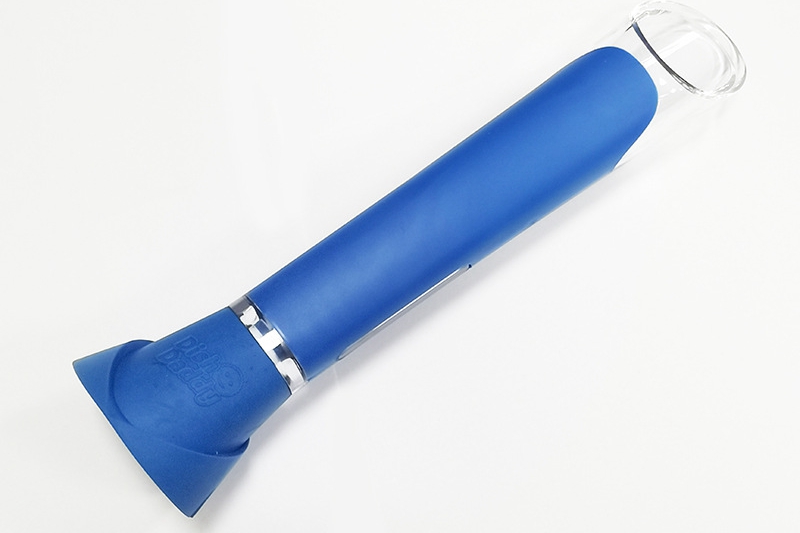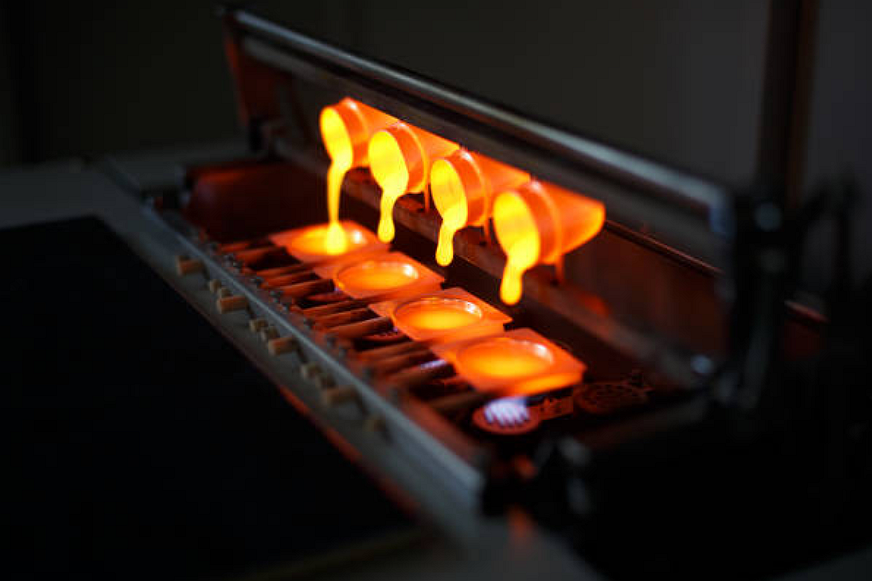How can plastic housings achieve IP67-level dustproof and waterproof protection?
To achieve IP67 protection in plastic housings for power tools, outdoor electronics, or locking systems, the design must combine material selection, sealing strategy, precision molding, and post-processing control. Instead of relying solely on thick walls, Neway engineers integrate engineered plastics with sealing interfaces and controlled tolerances to create durable, watertight enclosures suitable for frequent handling and long-term field exposure.
Material Selection for Waterproof Housings
Engineering plastics such as nylon (PA), PBT, and polycarbonate are commonly used due to their dimensional stability, stiffness, and impact resistance. For hinges and clips, Ultem (PEI) or glass-filled PA may be selected to prevent deformation under load. These materials are produced via high-precision injection molding to maintain critical sealing geometry and tolerance around gasket areas.
Design Features for IP67 Sealing
To achieve waterproof and dustproof protection, housings must integrate sealing strategies into the geometry. Key features include:
Gasket grooves molded into housing edges using rapid molding prototyping before full tooling.
Interlocking ribs and tongue-in-groove joints formed via injection molding for strong mechanical retention.
Sealing bosses around screw holes to prevent water ingress along fastener paths.
Use of overmolding or insert molding for integrated elastomeric seals.
Manufacturing Process Must Support Tight Tolerance
To ensure sealing continuity and eliminate flash, surface imperfections, and dimensional variations, production relies on high-precision injection molding supported by tool maintenance and resin traceability. For critical parts, CNC machining may refine sealing surfaces. Integrated prototyping cycles confirm that all mating faces are flat enough to withstand IP67 pressure testing.
Surface Treatment for Long-Term Environmental Resistance
Plastic housings still require protection from UV, dust, abrasion, and chemical exposure. Processes such as powder coating, painting, or sandblasting can improve surface finish and durability. Lacquer coatings provide additional protection against moisture ingress without adding excessive thickness that could compromise sealing features.
IP67 Validation & Testing
Before volume production, housings are tested using immersion and dust ingress methods. Pressure cycles and long-term leak testing simulate real operational conditions. Prototypes created through 3D printing and CNC machining help confirm sealing features early, minimizing changes once tools are frozen. Production samples are tested regularly to ensure consistent compliance across batches.



